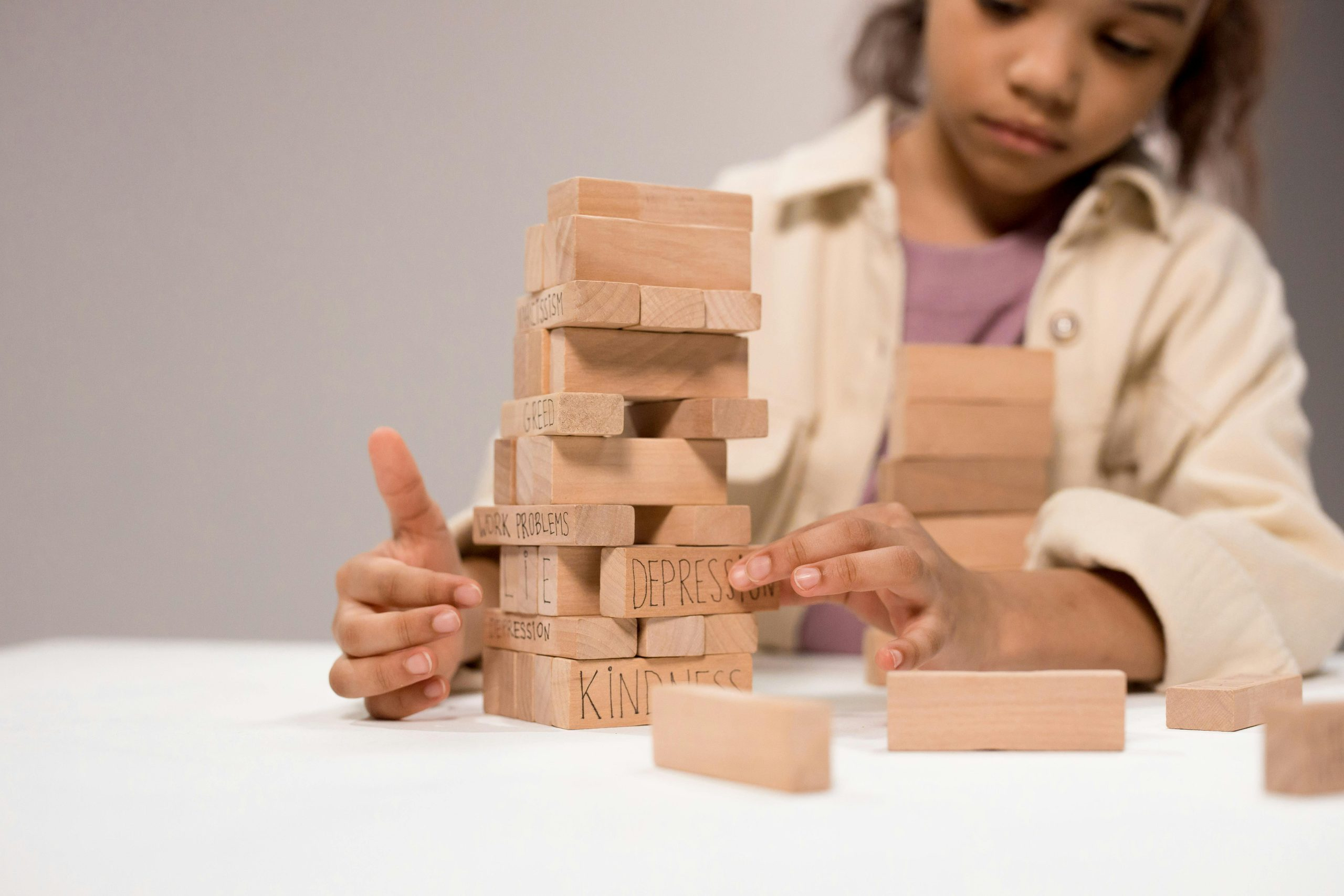Measuring Social-Emotional Growth: Assessment Strategies
In today’s education system, there is growing recognition of the importance of measuring social-emotional growth in students. While academic achievement has always been a top priority, it has become increasingly clear that a student’s social and emotional development is equally crucial for their overall success. As a result, schools are now implementing various assessment strategies to measure students’ social-emotional growth. In this article, we will explore the significance of measuring social-emotional growth, the challenges that come with it, and the different assessment strategies that are being utilized in schools.
The Importance of Measuring Social-Emotional Growth
Social-emotional growth refers to the development of skills and competencies related to managing emotions, building relationships, and making responsible decisions. These skills are not only essential for students’ personal well-being, but they also play a crucial role in their academic and professional success.
Research has shown that students with strong social-emotional skills have better academic performance, higher attendance rates, and are more likely to graduate from high school. They also have better mental health, which is vital for their overall well-being. In contrast, students who struggle with social-emotional skills are at a higher risk of behavior problems, truancy, and dropping out of school.
Measuring social-emotional growth allows schools to identify students who may require additional support and interventions. It also helps educators evaluate the effectiveness of their social-emotional learning (SEL) programs and make informed decisions about curriculum and instruction.
The Challenges of Measuring Social-Emotional Growth
Measuring social-emotional growth comes with its own set of challenges. Unlike academic achievement, which can be easily measured through standardized tests, social-emotional skills are more complex and difficult to assess. These skills are subjective and can differ depending on cultural and personal backgrounds. As a result, there is no one-size-fits-all approach to measuring social-emotional growth.
The lack of consensus on what social-emotional skills to measure can also be a hindrance. Some schools focus on specific skills such as self-awareness and self-management, while others assess a broader range of competencies. This lack of standardization makes it challenging to compare results across schools and districts.
Another challenge is the fact that measuring social-emotional growth can be intrusive and uncomfortable for students. Unlike academic tests that are taken in a controlled environment, social-emotional assessments may require students to self-report and share personal information. This can be difficult for students who are not used to expressing their emotions or for those who are uncomfortable with sharing personal experiences.
Assessment Strategies for Measuring Social-Emotional Growth
The following are some of the assessment strategies that are being used in schools to measure social-emotional growth:
Observation
Observation is one of the most commonly used strategies for assessing social-emotional growth. Through observation, teachers can assess how students interact with their peers, how they handle conflicts, and how they manage their emotions. This can be done through classroom observations, structured tasks, and role-playing activities.
Surveys and Questionnaires
Surveys and questionnaires are useful tools for measuring students’ perceptions of their own social-emotional skills. By asking students to self-assess, educators can gain insight into their strengths and weaknesses. Surveys and questionnaires can also be used to gather data from parents, teachers, and other school personnel.
Portfolios
Portfolios are a collection of student work that shows their progress and growth in various areas, including social-emotional skills. Students can include self-reflections, social-emotional learning assignments, and projects that showcase their development in specific competencies such as self-awareness, relationship building, and responsible decision-making.
Performance Tasks
Performance tasks, such as group projects and presentations, provide an opportunity for students to demonstrate their social-emotional skills in action. These tasks require students to work collaboratively, communicate effectively, and manage their emotions in a real-world context.
Assessments within SEL Programs
Many schools have implemented SEL programs that include assessments to measure students’ social-emotional growth. These assessments are often aligned with the program’s curriculum and can provide valuable data on students’ progress.
Conclusion
Measuring social-emotional growth is crucial for promoting students’ overall well-being and academic success. While it comes with its own set of challenges, there are various assessment strategies that schools can utilize to gather data on students’ social-emotional skills. By implementing these strategies, schools can better support students in their social-emotional development and create a positive learning environment for all.










